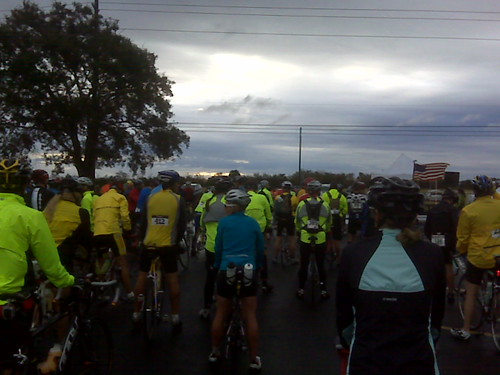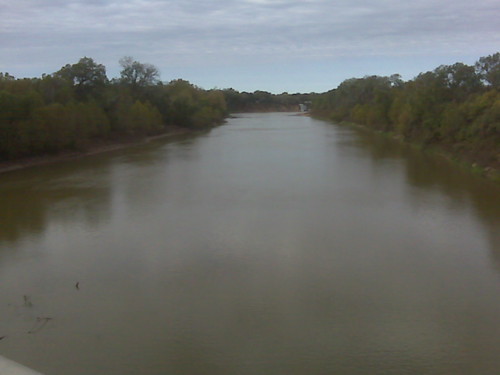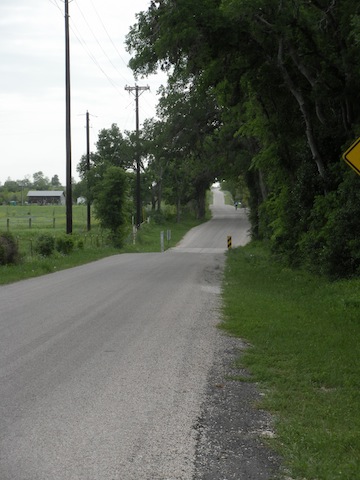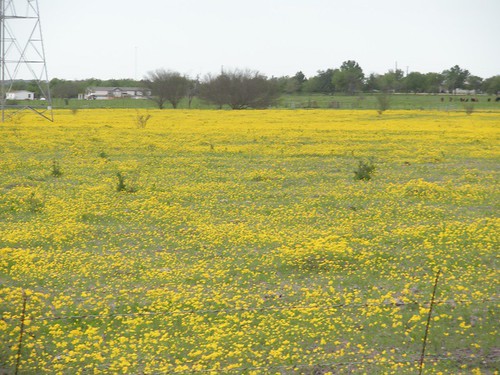It's been a LONG time since I've updated my blog. A lot has happened in my cycling life: I crashed, I recovered, I bought a new bike, and I've been riding quite a bit. Between a busy work and travel schedule I haven't had any free time to write. However, my muse arrived today in the form of an inspiring Veteran's day ride.
Things started out ominously this morning. I woke up at 6 and peeked out my window to see wet roads and cold temperatures. I gathered my gear anyway and made the 30 mile drive out to Wallis, TX. A fairly strong cold front was in the process of making its way through Texas and the last line of rain cleared out just as I was parking my vehicle. I checked in and pinned my number on my jersey, got my bike and made my way back to the meeting hall. While there I was able to sit down and talk to some of the veterans who had made it out for the ride. It's one thing to read about wounded veterans in the paper or on the nightly news, but it's quite another to hear the stories from the men and women who lived through them. More on that later.

Quite a few riders braved the cold, wet, and windy day to ride.
At 8:00 sharp the riders were lined up and ready to go. Looking around during the usual announcements and invocations, I was amazed at how many riders had braved the cold and the wet conditions to ride today. We set off in waves of 50 and were immediately buffeted by strong headwinds. As I rode along, the crowd began thinning out as the cold and heavy winds took their toll. I noticed quite a few riders forming pace lines to try and conserve as much energy as possible. I opted for the medium distance 42 mile route. I believe most riders attempted the 65 mile "metric century" distance because once the routes split, I saw exactly 2 other riders and zero support vehicles. A few times things were so quiet and empty, I was left wondering if I hadn't missed a turn. The road conditions overall were excellent. Although the roads didn't have generous shoulders, the traffic was so light this was a non-issue. My only complaint was the last 10 miles when the roads transformed to hellacious chip seal that left me wondering if I hadn't been transported to the cobbles of Paris-Roubaix. The staff and volunteers did a tremendous job. Everyone was extremely helpful. The rest stops were fully stocked and a BBQ chicken lunch was provided afterwards.

I spent most of my day on the country roads alone.
Although the ride was great, the inspiration came from talking to the Veterans and hearing their stories. The Independence Ride was started to help soldiers injured in Iraq and Afghanistan receive wheel chairs and support when they returned home. I can't think of many causes which are as noble or necessary. The veterans actually ride along with the other cyclists. With some paraplegic ones riding hand cycles while blind ones ride as stokers on tandems. Some of these machines are very impressive and give high end road bikes a run for their money. One hand-trike I saw today was fully decked out complete with Zipp 404 clinchers.

A view of the Brazos River from the route.
It was inspiring to see the veterans riding along side, but what made this ride special was hearing the veterans talk about what cycling means to them. There's a certain freedom cycling provides that touches just about everyone. When you first get on a new bike as an adult, you're immediately transported back to your childhood. The feeling of independence and being able to venture out beyond your usual borders. It's a common ground everyone shares when they get on a bike. Most importantly, the seemingly routine task of riding a bike is just that - a routine task which provides some normality in these veterans' profoundly altered lives. I must say I've ridden in quite a few charity rides, but I don't believe any cause has touched me as deeply as this one.
A short documentary on the ride which is worth watching.






